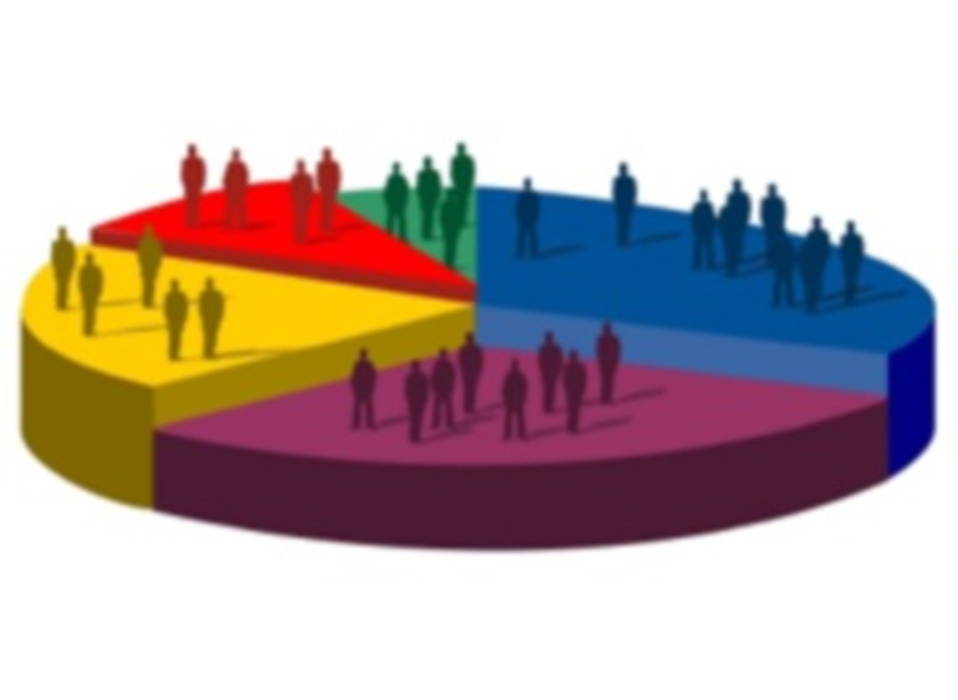Revenue generation and earnings. Those are the bread and butter of corporate boards. At numerous multinational corporations, however, a third big agenda item has been continuing to grow in importance: customer experience scores.
“I’m the third person up at the podium,” said Jim Bampos, VP of Quality Management at information technology provider EMC, a data technology company that uses a growing menu of consumer behavior metrics to guide its business. “First the head of sales presents to the board, then the head of finance, then me.”
I was at the SAS Premier Business Leadership Series conference in Las Vegas, an elite conclave of CIOs and data analytics wizards. I was expressing misgivings that corporate bean-counters could ever care as much about customers as they do about bottom-line results when I was set straight by Mr. Bampos. Politely.
“We’ve long quantified what we call the Voice of Market and the Voice of Business, but now we’ve added a third, the Voice of Customer,” Bampos said. “We’re better able to create predictive models about customer behavior, better able to identify the ‘moment of truth.’”
Cloud storage. That’s what’s made the difference. Bampos said that, not long ago, manual data transfers and mapping made analysis of unstructured text data uneconomical and tedious. Now EMC deposits 10 terabytes of data an hour into its Greenplum cloud database, allowing it to calculate fascinating customer metrics such as the Net Promoter Score, one of the measures corporate boards are so taken with.
The NPS, as conceived by Satmetrix, rates customers on a 0-to-10 scale for their willingness to recommend a company or brand. EMC uses an outside vendor to track customer comments about its services in comparison with those of its competitors. Because EMC’s services are invisible to end-users, its NPS scoring is largely an internal audit. For instance, if the client is a large bank, the customers being tracked are managers and employees of the institution’s branches. In essence, EMC performs a self-critique to prove its worth to its largest customers.
A brand’s Net Promoter Score is calculated by subtracting the 0-6 scores from the 9-10s to arrive at a percentage of recommendation. High-growth companies register scores in the 50 to 80 range, according to Satmetrix, but they are rare. The average company rates a 10 or under.
As companies endeavor to put a dollar figure on the value of their loyal customers, it isn’t hard to imagine the rapt attention paid by corporate chieftains when their own company’s NPS is posted next to the scores of competitors. Surely it’s a sight capable of the same visceral reactions evoked by the ascending and cascading lines of a comparative earnings graph. Imagine you’re Dell Computer, for instance, and you learn that Apple has a score of 70.
“There always was power in the data, we just never could get at it,” Bampos said, noting that such calculations and predictions are going to proliferate even further in the coming years as consumers continue to solidify their Web-centered power base. “Now we can, and we can see patterns and predict failure and head that failure off.”








